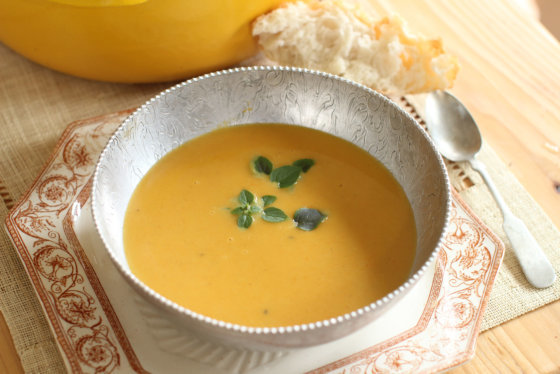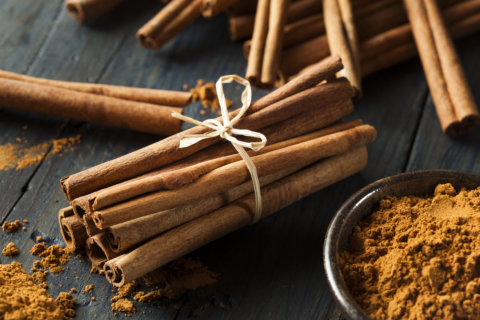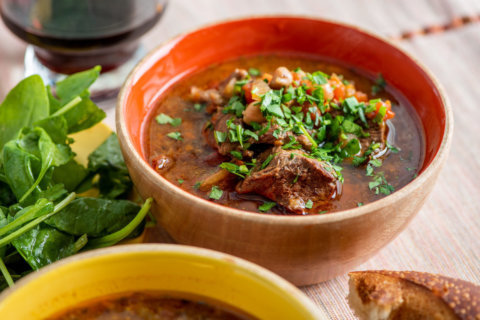WASHINGTON — Pumpkins, butternut squash and all kinds of colorful produce make fall a special season for tables around the D.C. region. Though they’re easy on the eyes, how nutritious are these brightly hued harvests?
Sally Squires, who writes the Lean Plate Club™ blog, said there are actually many health benefits besides a beautiful-looking meal.
When most people think of vegetables, they’ll usually think of green, Squires said, such as lettuce, green beans and Brussels sprouts. Those vegetables are good for people, but Squires said a number of nutritionists have this advice: “Eat a rainbow of colors.”
Eating fruits and vegetables that span a range of colors helps ensures you are getting key nutrients. Green vegetables are important, but so are orange, yellow and red vegetables, she explained.
Orange-colored produce is rich in beta-carotene, which the body then converts to vitamin A, an essential nutrient that helps with vision, reproduction, immunity, skin health and the maintenance of vital organs. “It’s a really critical vitamin,” Squires said.
These foods are also packed with fiber and other vital nutrients, and are low in calories; they also contain a lot of water, which helps you with hydration. And, they also provide a bit of protein.
So, what’s in season? Pumpkin, sweet potatoes, carrots and a variety of squash, which are all also fairly versatile. Make a dessert, a soup, noodles or pasta, a stir fry, a souffle — the list goes on. Don’t forget a dash of those fall spices: Cinnamon, ginger, allspice and turmeric also have health benefits and can make your dish really sing.








